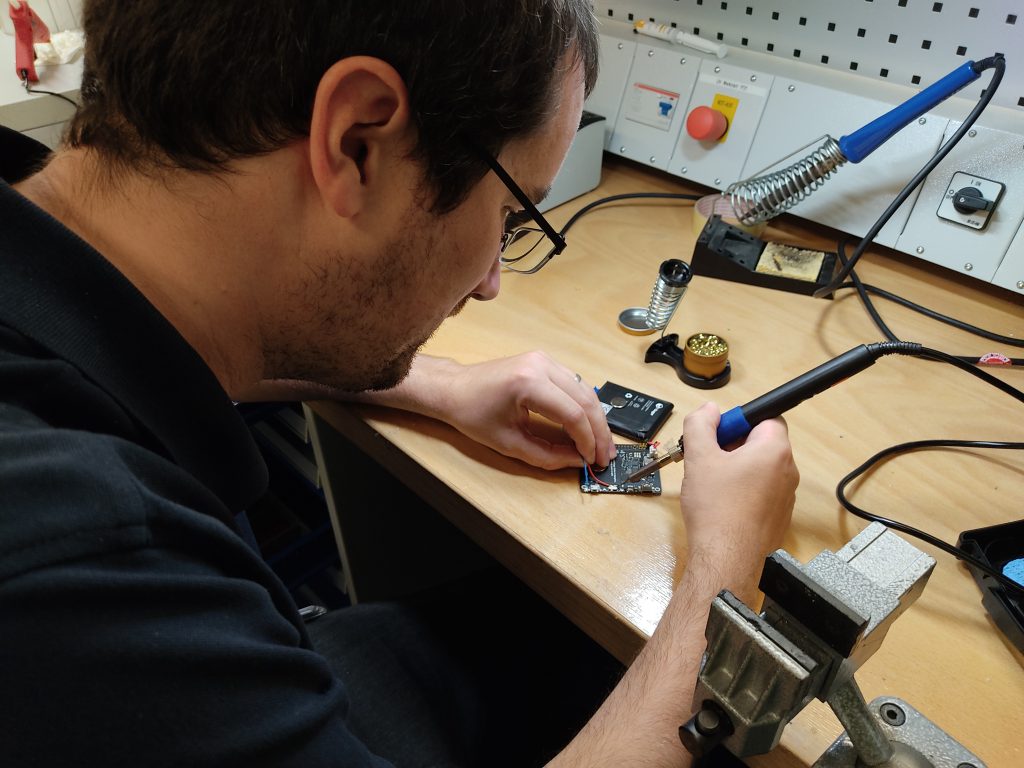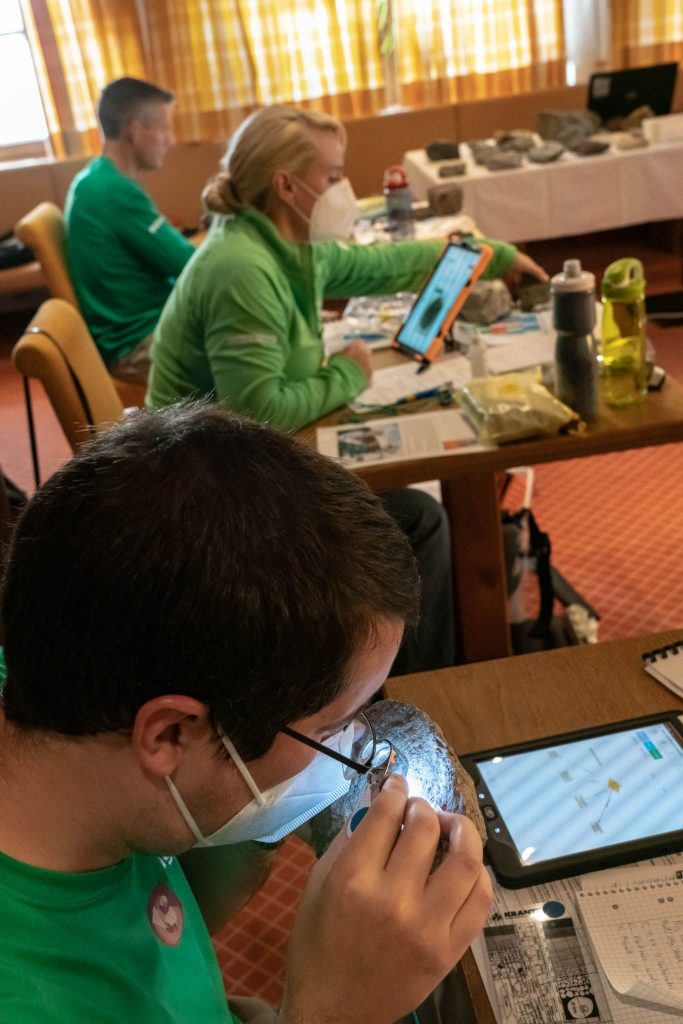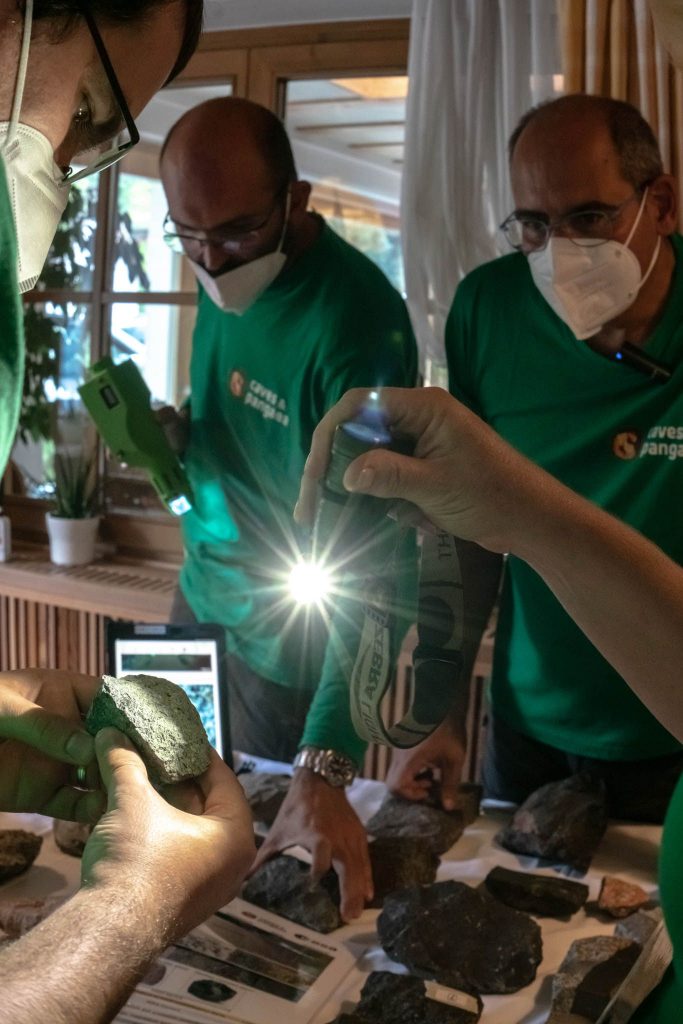The Pangaea training campaign has his own undercover superhero for its fourth edition. Engineer Robin Eccleston happens to match these qualities and he is ready to become a partner in space exploration with the other crewmates, ESA astronaut Andreas Mogensen and NASA’s Kathleen Rubins.
Robin describes himself as a curious and persistent person. His detective reasoning and passion for science and technology gained him a place for Pangaea 2021, a course mainly tailored for training astronauts. “I feel fortunate that I am able to join the course despite being a researcher,” he says.
Robin brings a slightly different perspective and goals to the team. While astronauts may focus on learning what could help them in a lunar scenario, Robin is more interested in the measurements and how to improve the tools they will be using.

“I want to take away ideas to modify gadgets and refine data analysis for better decision-making during exploration,” he adds.
Robin is developing a device to assist scientists during geological expeditions, and he is looking forward to the field trips. “Working as a field scientist during Pangaea helps me understand the significance of the measurements on the spot. I have always felt that a more practical approach is better to internalise the theory,” he says.
Machine learning for easy recognition
Humans are not particularly good at trying to understand hundreds of measurements of the same spot on one sample. Machine learning algorithms come in to deal with large amounts of data.

“By using machine learning, we can take measurement points for many minerals, interpret the data and recognise the features that are unique to each of them,” explains Robin.
Machine learning can also be used to run ‘sensor fusion’, a combination of multiple measurements that gives a single output to the user. “It will make our lives easier,” he thinks.
Moon beats
Robin is fascinated about the genesis of rocks and the story behind the formation of the Solar System. For many reasons, the Moon makes his heart beat faster than Mars. “Since I was young there have been countless movies and TV shows featuring Moon bases. The Artemis programme and plans for the lunar Gateway make the Moon seem more achievable in the near future, and a big step forward for Mars exploration,” says the researcher.


Discussion: no comments